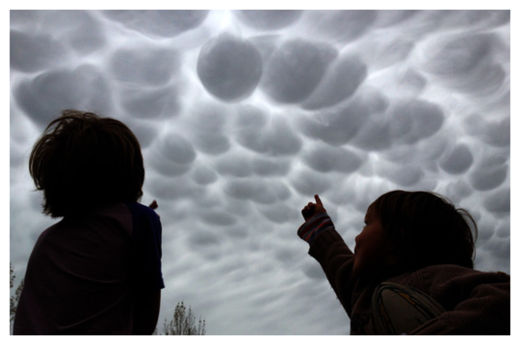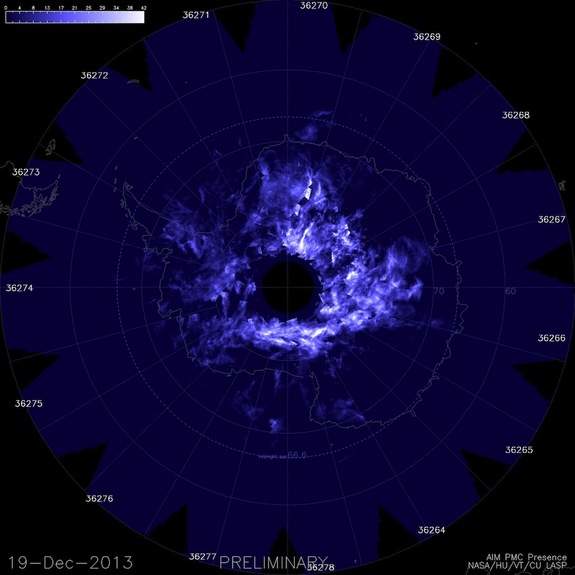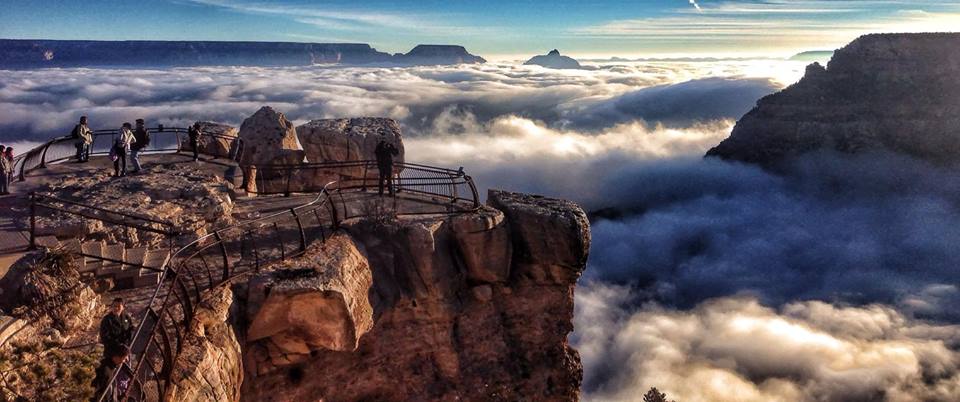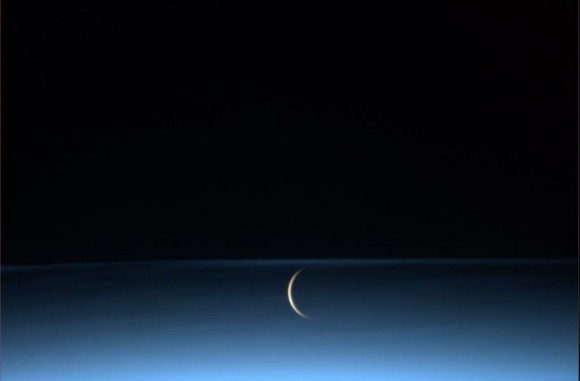
© Piers Fuller/Fairfax NZUnusual Sight: Japhy and Enzo Fuller look at the strange clouds over Masterton.
"Freaky" clouds in Wairarapa yesterday evening were caused by warm air "ski-jumping" off the Tararua Range into a rainy front, according to Metservice.
Wairarapa News journalist Piers Fuller was on the lawn outside his home east of Masterton at about 6pm last night, videoing an impromptu rugby game between his sons Japhy, 6, Enzo, 5 and daughter Juno, 2, when he noticed the sky looked "weird".
"I stopped and said, hey, look at these freaky clouds."
Commenters on the Wairarapa News Facebook page thought the clouds were Mammatus clouds, also known as "mammary clouds".
Metservice meteorologist Daniel Corbett agreed, saying mammatus normally form as a result of sinking air, hence their downward udder-like appearance, and often occur in the base of the anvil of a cumulonimbus, or thunderstorm, cloud.
However in this particular case the explanation was a warm north-west wind lifting up over the Tararua Range then falling into the leading edge of a rainy front creeping over the lower North Island last night, he said.
"When [the north-wester] comes over the Tararuas it's almost like a ski slope, it lifts the clouds then pushes them down... that downward motion can help create that type of formation."
Source: The Dominion Post




Comment: NASA is blowing more 'meteor-smoke' in our eyes!
After acknowledging that NLCs are increasing due to the increased extraterrestrial factor, NASA then tries to blame rising methane levels from below, suggesting that human industrial activity is responsible for both.
This is a rather pathetic attempt to blame NLCs on 'man-made global warming'!
Rising methane levels are due to methane being released from deep under the oceans.
Increased NLCs are a 'canary in a coal mine' alright, but not in the way Official Science would have us believe.
Since Official Science won't spell it out for people, it's left to citizen observers to do so: